Subsidies can increase the supply of goods because they reduce how much it costs businesses to produce them. Reducing production costs can also increase the number of available products and better meet consumer demand. Subsidies tend to reduce incentives for producers to increase efficiency and shift their focus from crops to farm subsidies.
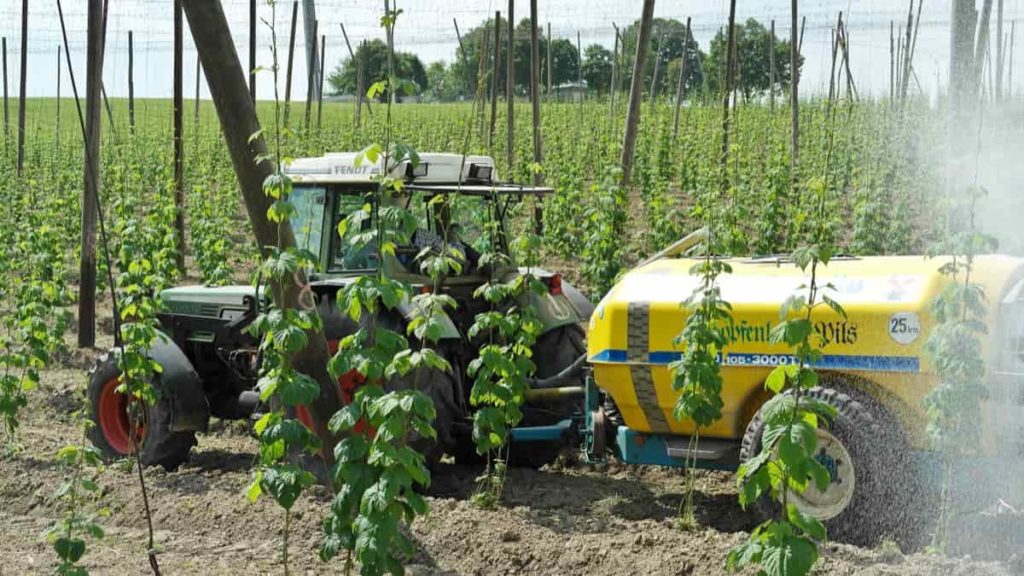
A guide to understanding agriculture/farming subsidy in India
What is a subsidy for farmers?
An agricultural subsidy (also known as an agricultural incentive) is a government incentive to agribusinesses, agricultural organizations, and farms to increase their income, manage the supply of agricultural commodities, and affect the price and supply of such commodities. Input subsidies are the most costly aspect of India’s food and agriculture policy, requiring a consistently large budget share.
India subsidizes agricultural implements to keep the cost of agriculture low and production high. The desired outcome of the GOI is to benefit farmers from lower costs and pass on some of the savings to consumers in the form of lower food prices. GOI pays fertilizer manufacturers directly in exchange for companies selling the fertilizer below market prices. On the other hand, irrigation and electricity are provided directly to farmers by the GOI at prices below the cost of production.
These policies result in effective subsidies to farmers ranging from 40 to 75 percent for fertilizer and 70 to 90 percent for irrigation and electricity. Input subsidies can also create unintended effects. According to GOI reports, input subsidies have resulted in higher consumption of inputs.
This overuse has resulted in soil degradation, nutrient imbalances, environmental damage, and groundwater depletion, all of which have reduced input effectiveness. Furthermore, input subsidies distort trade by increasing net exports of input-intensive commodities while reducing net exports of commodities that require relatively few inputs. The Government of India (GOI) uses several policy instruments to achieve these goals, including:
- To reduce production costs and consumer prices for domestic subsidies to inputs, outputs, transportation, storage, and consumption;
- Border measures such as subsidies, tariffs, quotas, and non-tariff measures protect domestic producers from import competition, regulate domestic price levels, and guarantee domestic supplies.
Subsidies help make agricultural products affordable for the average person. Subsidies as payments to farmers, although this can take many forms. The government also subsidizes a portion of the cost of some agricultural products, making them more affordable for households.
In case you missed it: A Guide to Understanding Agriculture/Farming: Types and Examples for Beginners
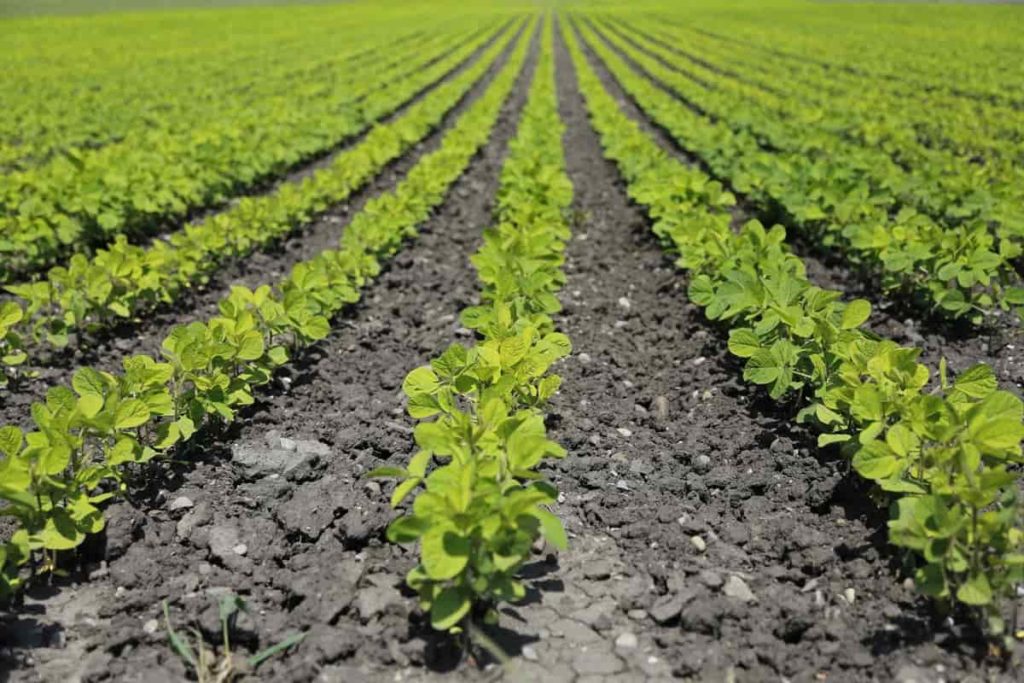
The government provides agricultural subsidies to producers of agricultural products to stabilize food prices, ensure abundant food production, guarantee a basic income for farmers, and generally strengthen the national economy’s agricultural sector. Agricultural input subsidies have often been misused to achieve one or more of the following objectives;
- Improving the affordability of agricultural inputs for smallholder farmers;
- Improve access to inputs to farmers;
- Developing an input supply distribution system;
- Sensitize farmers to use inputs where they can potentially be profitable;
- Providing social protection to vulnerable groups through increased productivity and access to food;
- Restore soil fertility and improve soil fertility management practices. and
- Reducing social costs due to rural-urban income disparities, with broader goals of increasing agricultural production and food security.
What types of agricultural subsidies are given to farmers?
Fertilizer subsidy
Under a federally subsidized program, the central government pays fertilizer companies to sell their products to farmers at below-market prices. The central government provides fertilizer manufacturers and importers subsidies so that farmers can buy them reasonably. Distribution of low-cost chemical or non-chemical fertilizers to farmers.
It is the difference between the price paid to the fertilizer manufacturers (local or international) and the price charged to the farmers. The rest of the burden will be borne by the government. This subsidy ensures the following:
- Affordable information for farmers.
- Stability in fertilizer prices.
- Reasonable returns in preparation.
- Availability of adequate quantities of fertilizers as per the requirement of the farmers.
The central government bears fertilizer subsidies. The need for fertilizer subsidy arises from the government’s fertilizer pricing policy. The fertilizer price policy is being implemented with the following two objectives:
- To provide fertilizers at a low and affordable cost to farmers to encourage their use and increase production.
- They are ensuring fair returns on investment made by the fertilizer industry to attract more investment in the fertilizer industry.
To achieve the first objective, the government keeps the selling prices of fertilizers stable and uniformly low across the country.
Power subsidy
A power subsidy refers to the government receiving a reduced rate for the electricity supplied to farmers. Farmers mainly use electricity for irrigation purposes. It is the difference between the cost of generation and distribution of electricity to farmers and the price charged to farmers. State Electricity Boards (SEBs) either generate or purchase electricity from other producers such as NHPC and NTPC.
The power subsidy “incentivizes farmers to invest in borewells, pumping sets, tube-wells, etc. Power subsidy is given on the power used to draw groundwater. Accordingly, it is a subsidy for privately drawn and privately owned sources of irrigation. Power subsidy is the difference between the price paid by the farmer for using electricity and the actual cost of generating electricity.
The sustainability of electricity subsidies has come under a lot of pressure in recent years, mainly due to the poor financial health of state electricity boards. States like Punjab and Tamil Nadu have provided free electricity to farmers, leading to wastage and financial loss to state electricity boards.
Agriculture equipment subsidy
The subsidy is provided to farmers by state governments under the Sub Mission on Agricultural Mechanization (SMAM), Rashtriya Krishi Vikas Yojana (RKVY), and the National Food Security Mission for the purchase of various agricultural implements and machinery. (NFSM), The mission for Integrated Development of Horticulture (MIDH) and National Mission on Oilseeds and Oil Palms (NMOOP).
The government is helping farmers by providing subsidies for machinery purchases to improve farm inputs and farm power availability. Under the UP Krishi Machinery Subsidy Scheme, farmers are provided the benefit of subsidy on agricultural machinery through tokens. To help small and backward farmers, the government has taken the initiative of providing machine subsidies.
In case you missed it: A Guide to Understand Importance of Drones in Agriculture/Farming: Advantages, Applications, and Different Types
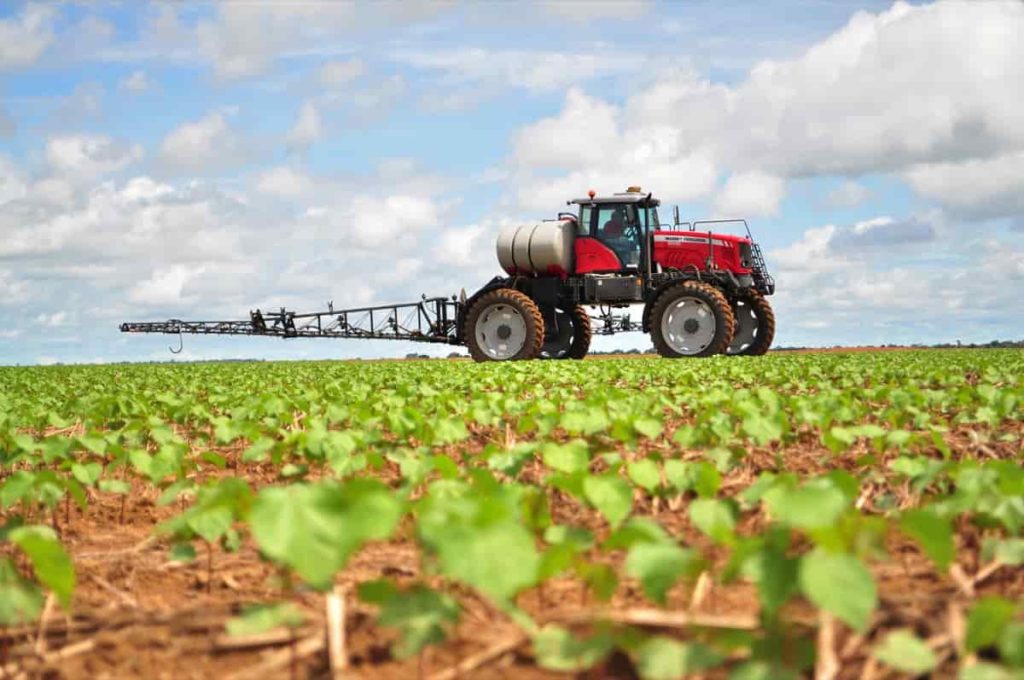
The Government of India and the State Governments launch several schemes to help alleviate the farmers’ plight. Thus, it focuses on each segment of the agricultural scheme. In every sub-division, from procurement of raw materials to transportation and marketing of produce, subsidies are available. Additionally, Haryana, the largest agricultural producer in the country, is adopting modern machinery to encourage agricultural growth.
Thus, a few schemes like RKVY, Crop Diversification, State Plan, and NFSM support ISOPOM. The government has provided an 80% subsidy to farmers on equipment to maintain poultry. Thus, the subsidy will help purchase paddy straw choppers, happy seeders, straw management systems, and so on that would otherwise cost too much. Also, the government provides subsidies through state schemes for purchasing mulchers, cutters, spreaders, rotavator plows, etc.
Rashtriya Krishi Vikas Yojana (RKVY) – In this scheme, the government offers a 100% subsidy depending on the ongoing project. Further, to help in the development of the agriculture sector. Moreover, it is a state planning scheme, meaning a subsidy is provided by the state government committee verifying the farmer’s proposal. Moreover, governments started it as part of the National Agricultural Development Programme.
National Food Security Mission (NFSM) – This scheme is for improving machinery rather than purchasing it. Moreover, the scheme helps maintain machines like tractors, tillers, etc., in good condition. Therefore, increasing production on the farm.
Sub-Mission on Agricultural Mechanization (SMAM) – SMAM seeks to assist small and marginal farmers by setting up centers to procure equipment. Also, this initiative is in every State of the country. Many machines are subsidized, i.e., tractor, rotavator, laser land leveler, post hole digger, straw baler, rotary slasher, paddy trans planter, and DSR machine.
To help small and marginal farmers, the government has taken the initiative to provide machine subsidies. Working in this direction, the Government of UP has launched the UP Krishi Yantra Subsidy Scheme to help farmers. Under this scheme, farmers are given up to 50% subsidy for purchasing agricultural machinery.
Irrigation subsidy
The government of India provides irrigation facilities at lower rates than market rates. It is the difference between the maintenance and operating cost of irrigation infrastructure in the State and the irrigation costs charged to farmers. It can work through public utilities like canals, tube wells, dams, etc., which are constructed by the government and charge farmers no or low cost for their use. It can also be done through low-cost private irrigation equipment such as pumping sets.
In India, micro-irrigation subsidy is covered under the Pradhan Mantri Krishi Sinchayee Yojana (known as PMKSY) encourages micro-irrigation and its type. Its benefits can be promoted through heavy subsidies on the base. Kisan Irrigation Subsidy is a subsidy for the use of canal water provided by the government. Irrigation subsidy is the difference between the cost of operating and maintaining the irrigation infrastructure in the State and the irrigation costs charged to the farmers.
It can work by providing public goods like canals and dams that the government builds and charges low or no cost to farmers for their use. It can also be done through inexpensive private irrigation equipment such as pump sets. Irrigation subsidies have become unsustainable primarily because states have failed to develop a reasonable pricing model for canal water. Estimates showed that water prices did not cover more than 20 percent of canals’ operational and maintenance costs.
Seed subsidy
Seed Village Scheme – To upgrade the quality of farmers’ saved seed, which is about 80-85% of the total seed used for crop production programs, at 50% of the seed cost to the Foundation/ Financial assistance is provided for the distribution of certified seeds. Crops are only for certified/standard seed production and for training farmers in seed production and technology.
The seed produced in these villages is stored/preserved until the next sowing season. To encourage farmers to develop adequate quality storage capacity, farmers to make/obtain Pusa Bin/Mud made of paper pulp to store seed produced from frames on their farms. The seed subsidy is provided through the distribution of quality seeds which is less than the market price of the seed.
Transport Subsidy on Movement of Seeds – This component covers the hilly areas of North Eastern states, including Sikkim, Jammu and Kashmir, Himachal Pradesh, Uttaranchal, and West Bengal. The component provides for reimbursement of 100% of the difference between the cost of rail and road transport for movement of seeds produced outside the State and the actual cost, subject to a maximum of Rs. 60 per quintal for intra-state movement of seed from the state capital/district headquarters to sale outlets/sale counters whichever is lower.
Establishment and Maintenance of Seed Bank – To ensure that seeds are available to the farmers in times of natural calamities like floods, droughts, etc., a need was felt to establish a seed bank to maintain their foundation, and certified seeds can be maintained. Different crops/varieties can be used for such emergency needs. Under this component, crop-wise seed targets are set for each participating organization to be maintained in the seed bank every year.
Subsidy for Seed Production in India – Under the National Seed Production Project, the Government of India aims to provide investment subsidies to increase seed production in India. Under this scheme, credit-linked back-end capital subsidy will be provided at 25% of the project cost, subject to Rs.25.00 lakh per unit on the development of seed infrastructure. The seed production scheme aims to develop and strengthen existing infrastructure for producing and distributing certified or quality seeds to farmers.
In case you missed it: A Guide to Understand Harvesting and Yield in Agriculture/Farming/Gardening: Check How this Guide Helps Beginners
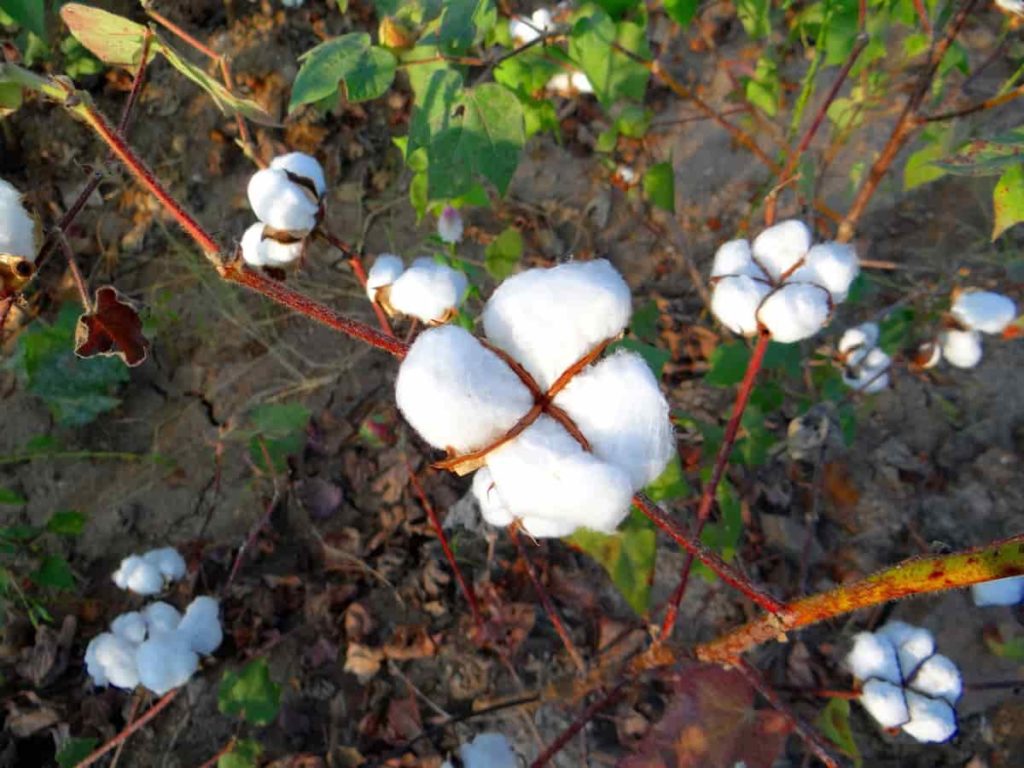
Export subsidy
This subsidy is given to farmers so that they can compete globally. When a farmer or exporter sells agricultural products in the foreign market, he earns money for himself, and the government earns foreign exchange. As a result, agricultural exports are generally promoted as long as they do not harm the domestic economy.
Export subsidies are financial incentives provided to encourage exports. Export subsidies (direct payments, export credits, tax benefits) distort market prices, leading to above-market prices and overproduction in exporting countries and lower prices and less production in importing countries. In the short run, consumers in importing countries benefit from lower food prices. Export subsidies benefit countries where the production of subsidized products or their close substitutes is very low.
Credit subsidy
It is the difference between the interest charged to farmers, the cost of providing credit, and other costs such as bad debt repayments. Credit availability is an important issue for marginal farmers. They lack funds to purchase agricultural implements and cannot access the credit market because they lack the necessary collateral. They approach local moneylenders to carry out productive activities.
Lenders exploit the vulnerability of poor farmers by charging exorbitant rates of credit. Even guaranteed farmers are often unable to get loans as banking organizations are mainly urban and often do not engage in agricultural lending operations, which are considered risky. Agricultural credit refers to one of several credit vehicles used for agricultural transactions such as loans, notes, bills of exchange, or banker’s acceptances.
Financing is specifically tailored to the specific financial needs of farmers. The Government of India sets agricultural credit disbursement targets for the banking sector every year, and banks have consistently exceeded these targets. The Government/Reserve Bank of India (RBI) has taken several measures to increase the flow of institutional credit and bring more farmers, including small and marginal farmers, under the fold of institutional credit.
Agricultural Infrastructure Subsidy
In many areas, private efforts to build infrastructure have not proved sufficient to improve agricultural productivity. Good roads, storage facilities, electricity, market information, transportation to ports, etc., are essential to carry out production and marketing activities. These facilities are in the scope of public goods, the costs of which are high and the benefits of which are shared by all farmers in an area.
No individual farmer will come forward to provide these facilities because of their long gestation period and inherent revenue collection problems (no one can be excluded from its benefits based on non-payment). Therefore, the government takes the responsibility of supplying them, and considering the condition of the Indian farmers; the poor farmers can be charged a lower price.
The scheme will provide medium-term financing for investment in viable projects for post-harvest management infrastructure and community farming assets through interest subsidy and financial support. The Agriculture Infrastructure Fund is a medium-long term debt financing facility for investment in post-harvest management infrastructure and community farming asset projects through interest subsidies and credit guarantees.
The scheme will help agribusinessmen, the Farmer Producer Organization (FPO), and the Primary Agricultural Credit Society (PACS). The Agriculture Infrastructure Fund’s (AIF) objective is to provide financial support to agricultural producers to increase the agricultural infrastructure in the country. It will improve the overall income of farmers. Improved marketing infrastructure will enable farmers to sell directly to a larger consumer base and hence increase value recovery for farmers.
In case you missed it: Agriculture Sector Analysis of the United Arab Emirates: Overview of the Sector, Challenges Faced by the Sector, and the Methods Taken to Resolve the Challenges
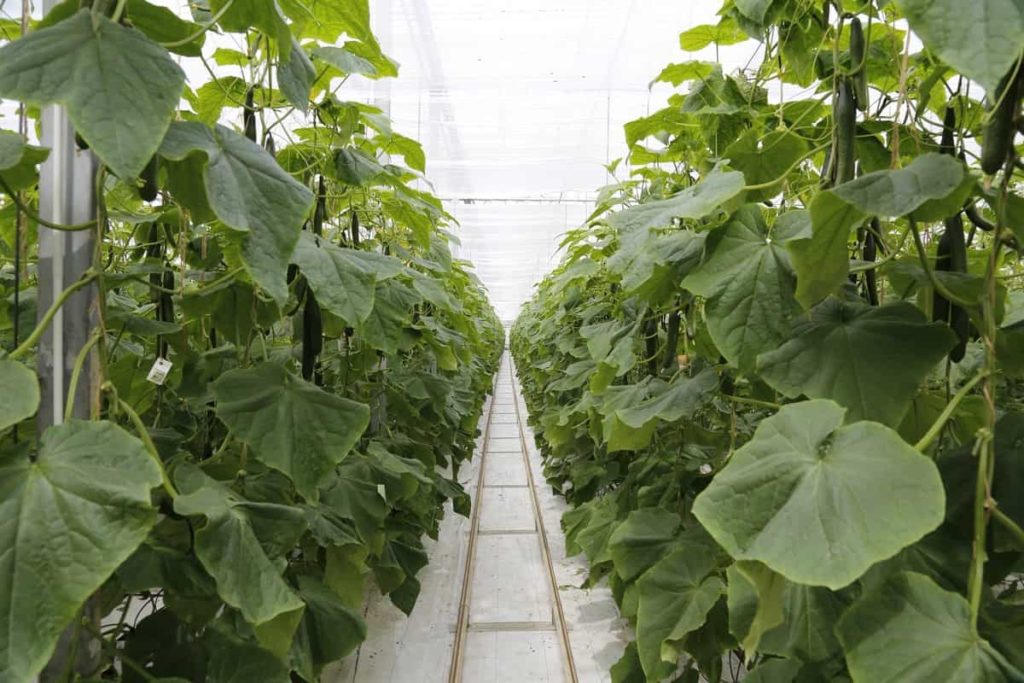
AIF will empower farmers and improve market access. It will be managed through an online Management Information System (MIS) platform. All eligible institutions can apply for loans under the fund using this portal. The platform will provide benefits like the transparency of interest rates offered by multiple banks, scheme details including interest subsidy and credit guarantee offered, faster approval process, and integration with other benefits of the scheme.
Is agricultural subsidy necessary?
An agricultural subsidy is necessary to some extent and only for needy farmers. Because giving maximum subsidy can benefit farmers more. And the absence of subsidies can reduce inequality between the rich and the poor regarding their purchasing power. Although the importance of subsidies to farmers’ livelihoods may vary by region, crop, and farm size, they make up a substantial portion (20%) of total farm income.
Yet, even a substantial increase in subsidies cannot address sectoral differences in productivity (which are large) or compensate for small farm sizes. Agricultural subsidies are an integral part of Indian farmers and are important for farmers and overall agricultural development. The direct effect of farm subsidies is to transfer income from ordinary taxpayers to farm owners. Researchers have presented their views on the subsidy’s impact on the agriculture sector in India at the national and international levels.
How much subsidy do Indian farmers get?
The Government of India provides various subsidies, including fertilizers, irrigation, equipment, finance, seeds, and exports. Farm subsidies account for about 2% of India’s GDP. Total input subsidy is 18.17% of farm income per hectare, price support subsidy per hectare is 2.46%, and total subsidy to farmers is about 21% of their farm income. India’s subsidies include price intervention.
Price subsidies can automatically target consumers of the subsidized input (or producers of the price-supported output). However, price interventions create inefficiencies because they embed fraud, diversion, and waste incentives. Over time, as price subsidies become deeper and stronger, these inefficiencies accumulate and may eventually threaten the sustainability of the subsidy itself. Therefore, there is a need to find and try
Do all farmers get subsidies?
- The vast majority of aid goes to capital-intensive production of field crops such as Corn, Soybeans, and Wheat.
- Farms that grow fruits and vegetables and rely heavily on the largest number of farm workers “receive virtually no federal subsidies.”
In case you missed it: Texas Agriculture: Soil, Farmland Facts, and Department of Agriculture in Texas
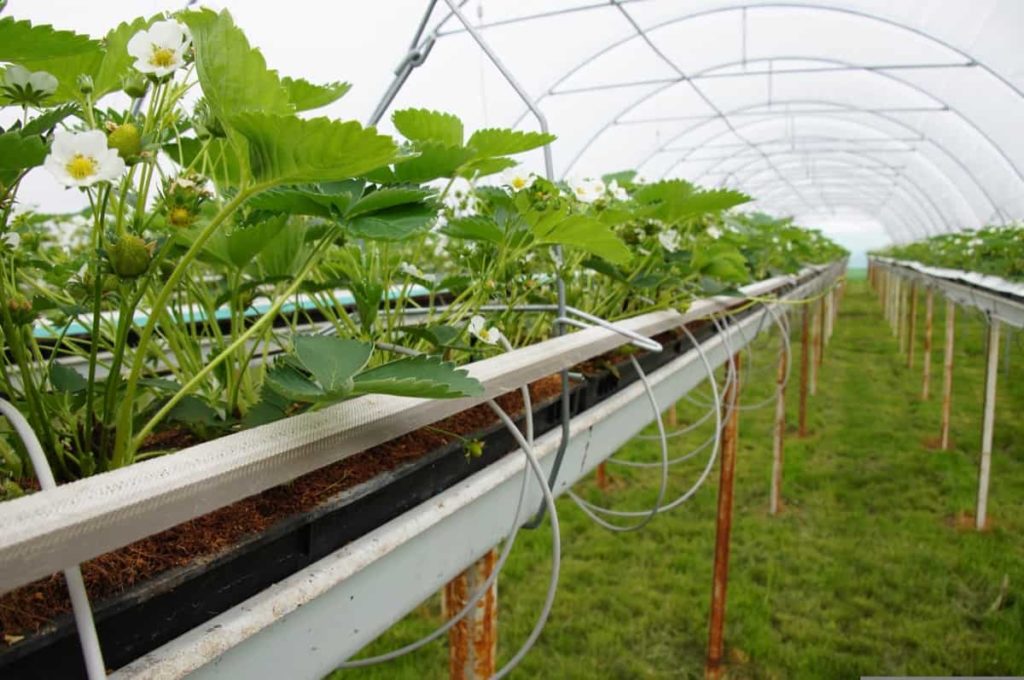
Conclusion
Agricultural subsidies are government subsidies paid to agricultural businesses of any size to increase their income. Anyone from single-family farmers to large agribusinesses is usually eligible to apply for these subsidies. Virtually every government in the developed world provides some form of agricultural subsidy to qualified applicants.
Agricultural subsidies in India mainly consist of subsidies like fertilizer, irrigation, implements, credit subsidy, seed subsidy, export subsidies, etc. The central government provides subsidies on fertilizer, while local state governments provide subsidies on water and irrigation.
- Economical Aquaculture: A Guide to Low-Budget Fish Farming
- 15 Common Planting Errors That Can Doom Your Fruit Trees
- How to Make Houseplants Bushy: Effective Tips and Ideas
- Innovative Strategies for Boosting Coconut Pollination and Yield
- Pollination Strategies for Maximum Pumpkin Yield
- The Complete Guide to Chicken Fattening: Strategies for Maximum Growth
- Natural Solutions for Tulip Problems: 100% Effective Remedies for Leaf and Bulb-Related Issues
- Revolutionizing Citrus Preservation: Towards a Healthier, Greener Future
- Natural Solutions for Peony Leaf and Flower Problems: 100% Effective Remedies
- Maximizing Profits with Avocado Contract Farming in India: A Comprehensive Guide
- Natural Solutions for Hydrangea Problems: 100% Effective Remedies for Leaf and Flowers
- The Ultimate Guide to Choosing the Perfect Foliage Friend: Bringing Life Indoors
- From Sunlight to Sustainability: 15 Ways to Use Solar Technology in Agriculture
- The Ultimate Guide to Dong Tao Chicken: Exploring from History to Raising
- The Eco-Friendly Makeover: How to Convert Your Unused Swimming Pool into a Fish Pond
- Mastering the Art of Delaware Chicken Farming: Essentials for Healthy Backyard Flocks
- 20 Best Homemade Fertilizers for Money Plant: DIY Recipes and Application Methods
- How to Craft a Comprehensive Free-Range Chicken Farming Business Plan
- Brighten Your Flock: Raising Easter Egger Chickens for Beauty and Bounty
- How to Optimize Your Poultry Egg Farm Business Plan with These Strategies
- Subsidy for Spirulina Cultivation: How Indian Government Schemes Encouraging Spirulina Farmers
- Ultimate Guide to Raising Dominique Chickens: Breeding, Feeding, Egg-Production, and Care
- Mastering the Art of Raising Jersey Giant Chickens: Care, Feeding, and More
- Ultimate Guide to Raising Legbar Chickens: Breeding, Farming Practices, Diet, Egg-Production
- How to Raise Welsummer Chickens: A Comprehensive Guide for Beginners
- How to Protect Indoor Plants in Winter: A Comprehensive Guide
- Ultimate Guide to Grow Bag Gardening: Tips, Tricks, and Planting Ideas for Urban Gardeners
- Guide to Lotus Cultivation: How to Propagate, Plant, Grow, Care, Cost, and Profit
- Agriculture Drone Subsidy Scheme: Government Kisan Subsidy, License, and How to Apply Online
- Ultimate Guide to Raising Araucana Chickens: Breed Profile, Farming Economics, Diet, and Care
- Bringing Hydroponics to Classroom: Importance, Benefits of Learning for School Students
- Ultimate Guide to Raising Polish Chickens: Breed Profile, Farming Economics, Diet, and Care
- Ultimate Guide to Raising Australorp Chickens: Profile, Farming Economics, Egg Production, Diet, and Care
- Silkie Chicken Farming: Raising Practices, Varieties, Egg Production, Diet, and Care
- Sussex Chicken Farming: Raising Practices, Varieties, Egg Production, Diet and Care
- Homemade Feed Formulations for Livestock: Discover Cost-effective Starter to Finisher Feed Recipes